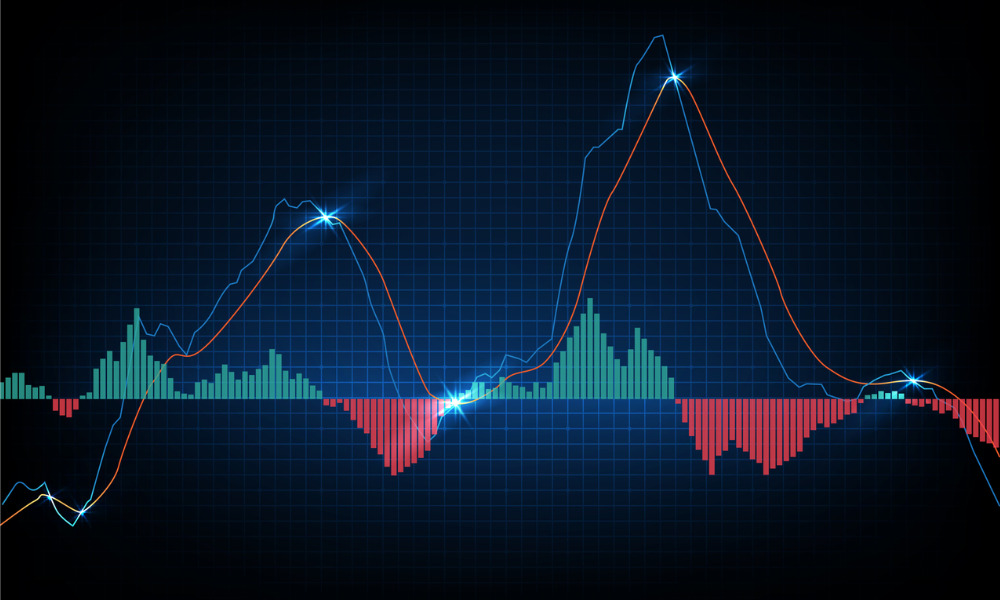Fixed-income expert explains what central banks will look for if inflation spikes

Inflation risk remains under control, according to a fixed-income expert, but unemployment figures are the statistics to watch as the economic recovery limps into 2021.
Robin Marshall, director of fixed income research at FTSE Russell, said it's unlikely that there'll be a rapid return to a 1970s/80s-style fundamental inflation process, even if pent-up demand results in a sequential rise in growth and inflation expectations.
He added that the appointment of Janet Yellen as US Treasury Secretary, who was “dovish as Fed chairman”, by the incoming Joe Biden administration, along with the caution shown by current Fed chair Jay Powell, bodes well.
Marshall highlighted the Fed targeting average inflation and its willingness to accept a temporary inflation overshoot may sustain the demand for inflation-linked assets and keep the curve a little bit steeper regardless of whether or not there's an inflation process building.
He said: “It is likely inflation will increase in 2021, just as it spiked a bit after the 2008/09 Global Financial Crisis. But that spike unwound quickly, if you remember, despite there being fears at the time when the US CPI moved up to 3-4%. That was the harbinger of a more significant inflation.”
The key issues, he added, is the inflation process itself and whether or not there is evidence from the labour market of wage-cost pressure pushing up inflation expectations, and employers having to bid up for labour to meet shortages, therefore, driving up inflation expectations.
He said: “That still seems unlikely. And bear in mind also that central banks say they won't raise rates until 2021/22, or in some cases beyond.”
What will the central banks be looking for as evidence that a potential inflation spike is more than temporary? Marshall believes the labour market is key here, and that we would need to see unemployment rates back down to pre-COVID levels.
He said: “Remember, we had unemployment in the U.S. down at sub 4% before COVID, and we didn't see much of the pressure on wages, even then. Currently, we're at 6.7%, so we're miles away from that sort of thing.”
“[Central banks] will be very conscious not to increase rates prematurely. If you remember back to the taper tantrum in 2013, when there was a lot of market fear that the Fed was about to stop QE purchases completely and raise rates quickly, that caused massive pressure dislocation in financial markets and probably short circuited to some extent or delayed the economic recovery.”
He expects monetary policy to retain an “asymmetric bias” with QE protecting risk assets on the downside and unable to prevent asset prices bubbling up on the high side.
“We saw some evidence of that in 2020. At the moment, the key objectives of central banks are still to preserve recovery, and prevent deflationary pressures building, because of the COVID mutations and second waves, particularly in Europe in the US.”



